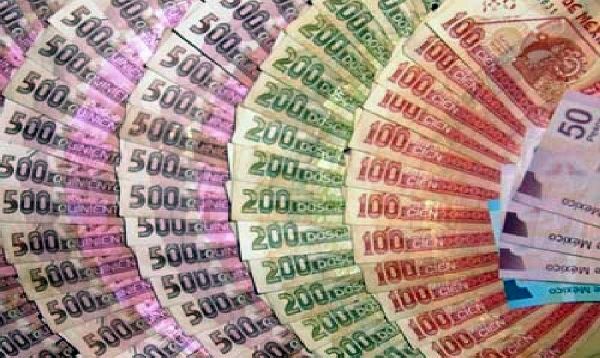Mexico Ė If you are a Canadian traveling to Mexico, you might not need to rush out and get US dollars before you leave home. While smaller denominations of US currency are widely accepted, Mexicoís official currency is the peso, so there are better ways to get a bang for you buck, or should I say, loonie. Some learn this the hard way.
There are a number of reasons for this. First, even at par, if you convert Canadian dollars to US dollars itís not an even trade as your buy rate will be higher than the sell rate. Second, if you then need to convert to pesos, you will once again lose on the transaction; how much will depend on whether you are exchanging at a bank or currency exchange.
If you have US dollars and are trying to use them at places like restaurants, the story is even more interesting. Letís say, for example, $1 peso is worth roughly $.75 US, or around $13 pesos to the dollar. Many places might only offer you 10/1, as thatís what it had been for years. So while it may seem like only a few pennies, percentage-wise itís closer to 30 percent and thatís significant.
I also discovered very little consistency in handling currency exchange, especially in restaurants. Iíve seen bills (checks) showing the sum in pesos along with the US dollar equivalent (some written in by hand,) and I've seen menus where the prices were displayed in US dollars but the bill arrived in pesos.
Sometimes a menu is two-sided: one side entirely in English in US dollars, the other in Spanish and in pesos. In every case, doing the quick math, you were better off by 10 percent or more by paying in pesos. Furthermore, if you pay in US dollars and expect change, it will likely be returned in pesos anyway.
And coins? Leave them at home; they canít be exchanged, so in essence they are worthless. I also discovered that not all establishments would accept credit cards and some that do might tack on a 5 percent service charge.
So whatís the best thing to do?
Consider purchasing pesos before you leave home. I discovered you can purchase up to $4200 pesos - about C$325 - from your local Motor Association like AMA, CAA, and AAA, if they have them, so itís best to call them ahead of time.
 |
Alternately, you could use your ATM cards in bank machines in Mexico. Now, if you are not comfortable with a particular bank or a privately-owned machine that you might not be familiar with Ė and to err on the side of caution is a good thing Ė I discovered there are Scotiabanks all over Mexico.
If you choose teller service, remember to take your passport along with you, as you will need to show it to exchange currency and might have to leave a photocopy of it. Personally, I prefer to carry very little cash, so the most convenient way for me is to use the ATM right there in the branch.
I was able to withdraw funds directly from my account for a reasonable $23 pesos (about C$1.75) service charge. Iíve met others who were able to transact for free. Of course, best to check with your own bank before you go, as there also might be limitations and restrictions on your cardís use when travelling abroad. These are safeguards your banks puts in place to protect you from fraud.
There may also be a legal reason to leave your US dollars at home. According to an October 2010 article in USA Today, in September of that year, the Mexican government implemented limits on US dollar cash transactions as well as placed restrictions on the amount a foreigner can convert per month in an effort to stem money laundering.
Also, according to the Mexico Tourism Board, merchants and businesses are no longer allowed to change US dollars to pesos. That might add a further inconvenience.
Hereís a final tip. Itís a good idea to keep small denominations of pesos as some vendors, like those on the beach cannot handle large bills. I discovered that while bus drivers would make change, whether intentional or not, on two occasions, taxi drivers would not.
Bon Voyage or should I say Buen Viaje!


